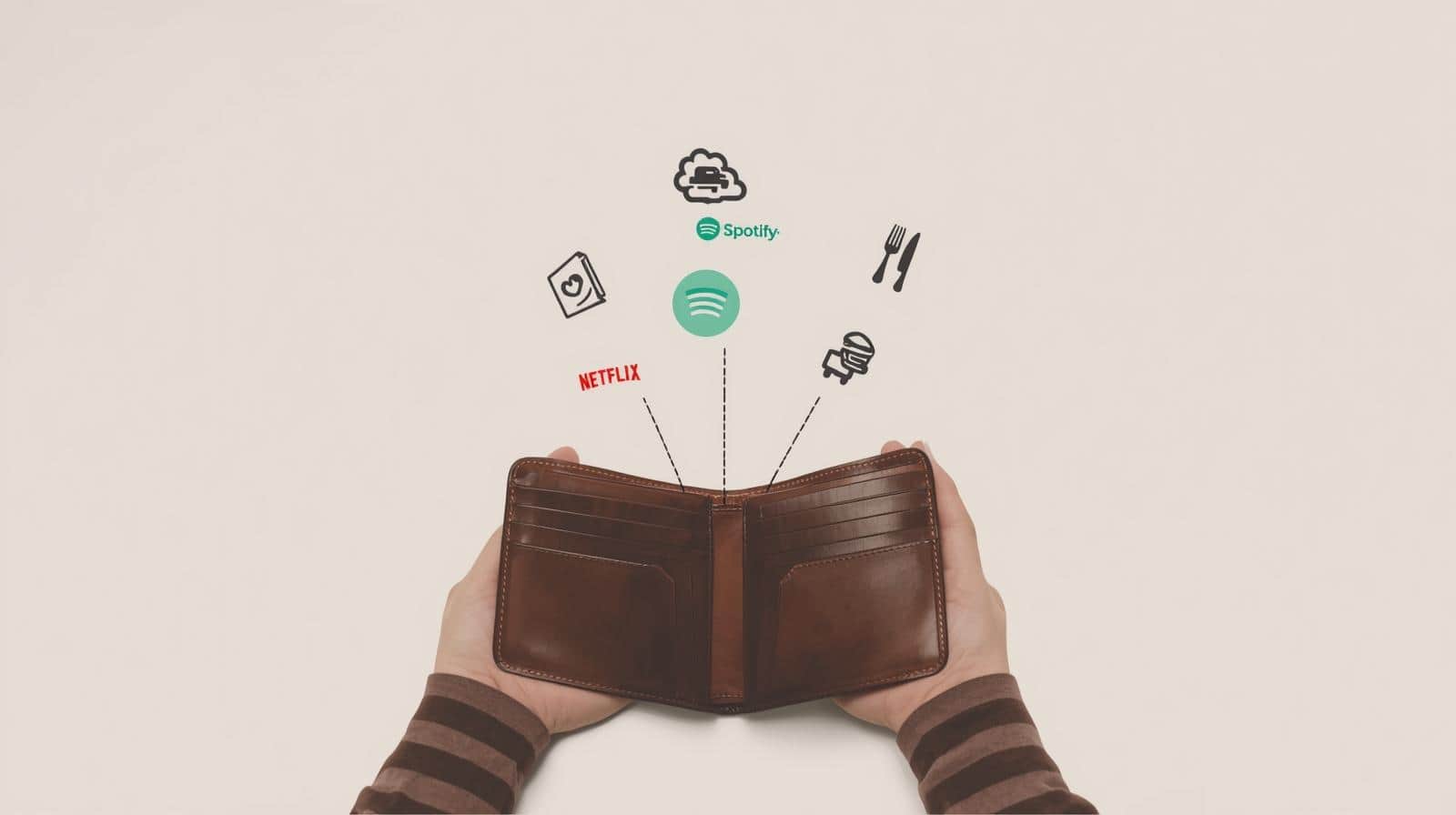Why Subscriptions Dominate Our Daily Lives
It’s 2025, and for many people, life runs on subscriptions. From the shows we watch to the software we use, groceries we order, and even the workouts we stream, convenience has a price—and that price is often hidden behind a small monthly fee.
Subscriptions promise ease, flexibility, and instant access. The psychology is simple: paying $9.99 per month feels painless compared to dropping $120 at once. Yet this very structure makes subscriptions both addictive and financially deceptive.
The Psychology of “Low Monthly Costs”
The Illusion of Affordability
When spread out into small monthly charges, services appear inexpensive. Consumers underestimate their annual costs—$10 a month doesn’t feel like $120 a year until you add multiple subscriptions together.
Auto-Renewal and Forgetfulness
Companies know many users forget about ongoing charges. Auto-renewal ensures that even inactive users keep paying, silently draining wallets month after month.
Common Types of Subscriptions in 2025
Streaming and Entertainment
From Netflix and Disney+ to niche platforms offering documentaries, anime, or sports, entertainment subscriptions dominate household budgets. While $10–$20 per service seems manageable, stacking three or four adds up to hundreds of dollars annually.
Cloud Storage and Digital Tools
Google Drive, Dropbox, Adobe, Microsoft 365—cloud and productivity services have moved from optional to essential. Many users forget they’re paying for multiple overlapping tools.
Food Delivery and Lifestyle Services
Meal kits, grocery delivery passes, premium fitness apps, and even pet care subscriptions represent convenience-driven spending. These services save time but rarely save money.
The Hidden Financial Impact
Death by a Thousand Cuts: Small Fees Add Up
Individually, each subscription feels harmless. Collectively, they can consume 10–20% of a household’s discretionary income.
The Opportunity Cost of Subscription Spending
Every dollar spent on subscriptions is a dollar not invested or saved. Over years, the lost compounding potential is massive—what feels like “just $50 a month” could equal tens of thousands in missed investments.
How to Regain Control of Your Subscription Spending
Conducting a Subscription Audit
List every active subscription. Check bank and credit card statements—most people discover at least one they forgot.
Setting Financial Boundaries
Decide in advance: How much are you willing to spend on subscriptions monthly? Set a cap and cut services that don’t deliver enough value.
Using Tech Tools to Manage Subscriptions
Apps like Truebill, Mint, or banking dashboards help identify and cancel unused services, keeping spending visible.
When Subscriptions Are Worth It
Not all subscriptions are wasteful. Some genuinely enhance quality of life:
- A streaming service that replaces costly cable.
- A fitness app that improves health.
- A cloud tool essential for work productivity.
The key is intentionality—knowing why you pay for something and ensuring you actually use it.
Balancing Convenience and Financial Health
Subscriptions are like financial background noise: easy to ignore, but powerful when combined. In 2025, the challenge isn’t avoiding them entirely—it’s ensuring they serve you, not the other way around.
The healthiest financial lives balance convenience with consciousness. Cancel what doesn’t matter, keep what truly adds value, and remember that every “just $10 a month” decision echoes through your long-term wealth.

Leave a Reply